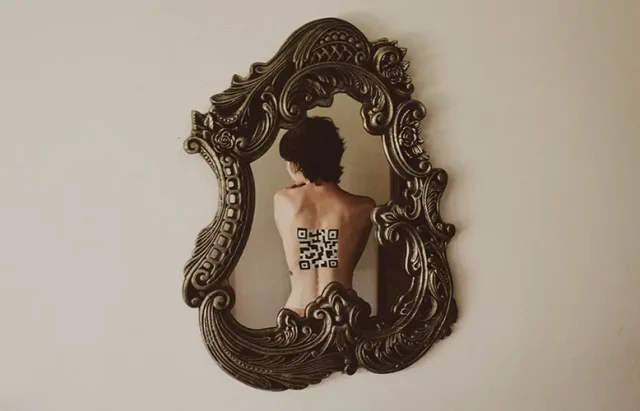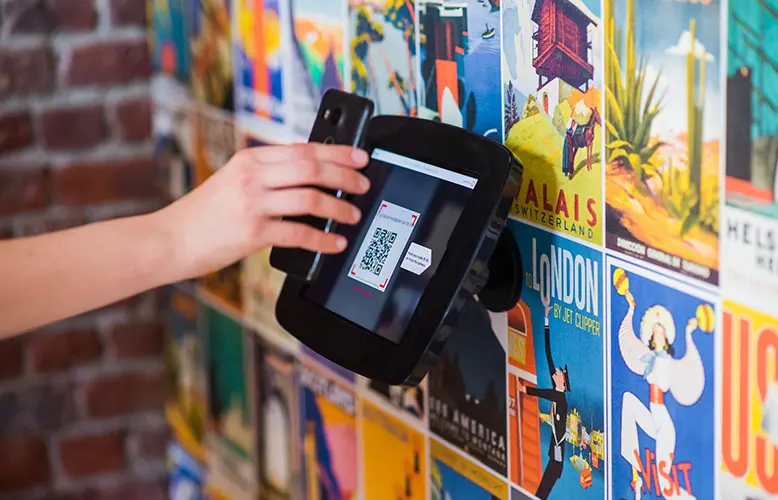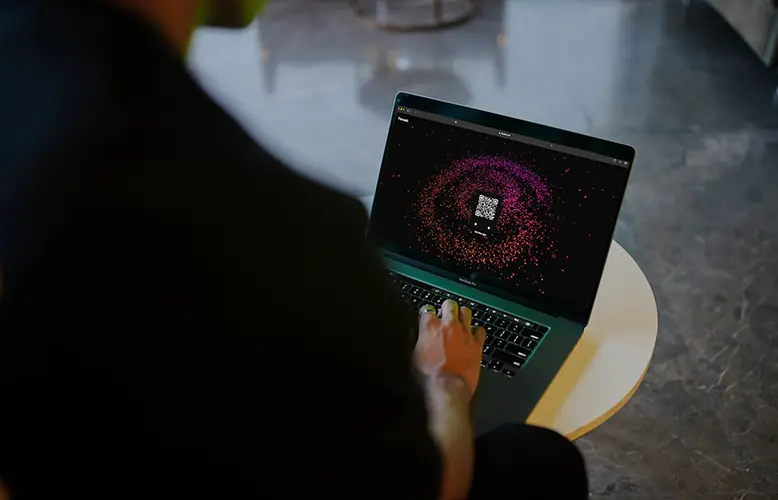
In my own quest to embrace technology more fully in our increasingly digital world, I stumbled upon the transformative power of QR codes. These seemingly simple, square-shaped barcodes have revolutionized the way I interact with digital content, making information access more seamless and efficient.
This guide is a reflection of my journey and learnings on how to turn URLs into QR codes, enhancing accessibility and user experience in both personal and professional realms.
Understanding the Basics of QR Codes
QR codes, or Quick Response codes, are more than just digital patterns; they are gateways to instant information.
The Origin and Evolution of QR Codes
- A Brief History: I was fascinated to learn that QR codes originated in Japan for tracking automotive parts. Their evolution into mainstream technology is a testament to their utility.
- How QR Codes Work: Discovering the science behind QR codes was intriguing. They store data in both vertical and horizontal dimensions, unlike traditional barcodes.
The Versatility of QR Codes

QR codes have a myriad of applications, and I’ve found them incredibly useful in various aspects of life and work.
Diverse Applications of QR Codes
- In Business: QR codes can transform business cards, making contact sharing instantaneous.
- In Marketing: They offer an interactive element to any marketing material, providing quick access to websites and promotions.
Personal Uses of QR Codes
- Event Invitations: I found QR codes extremely handy for event management, providing guests with easy access to venue maps and schedules.
- Personal Projects: QR codes can link to personal blogs, portfolios, or social media, creating a digital bridge to your online presence.
Creating Your Own QR Codes

Turning URLs into QR codes is simpler than one might think. Here’s how I learned to do it.
Step-by-Step Guide to Generating QR Codes
- Choosing a QR Code Generator: I explored various online QR code generators to find one that was user-friendly and offered customization options. During my search, I discovered Adobe Express, a versatile tool that simplifies the process of converting URLs to QR codes. Adobe Express stands out for its ease of use and additional design features, making it an excellent choice for both beginners and professionals. For those interested in a reliable and efficient QR code generator, Adobe Express’s URL to QR code feature is definitely worth exploring.
- Customization and Design: Personalizing QR codes with colors, logos, or frames made them not just functional but also visually appealing.
Best Practices in QR Code Creation
- Ensuring Readability: I learned the importance of contrast and size in QR code readability.
- Testing Before Use: Testing QR codes across different devices ensured they worked flawlessly every time.
Implementing QR Codes for Enhanced Accessibility
QR codes can significantly improve accessibility, something I am passionate about.
In Public Spaces
- Restaurants and Menus: I admired how restaurants used QR codes for touchless menu access, a practice that became popular during the pandemic.
- Museums and Galleries: QR codes next to exhibits provided a deeper dive into the art and history, enhancing the visitor experience.
In Digital Platforms
- Social Media Integration: Using QR codes to link to social media profiles made sharing my digital world easier.
- Online Payments and Transactions: QR codes have streamlined online transactions, making them more secure and convenient.
Conclusion
My journey with QR codes has been enlightening and empowering. By turning URLs into QR codes, I’ve unlocked a new dimension of digital accessibility and convenience. This practical guide is not just a set of instructions; it’s a narrative of discovery, innovation, and embracing change.





